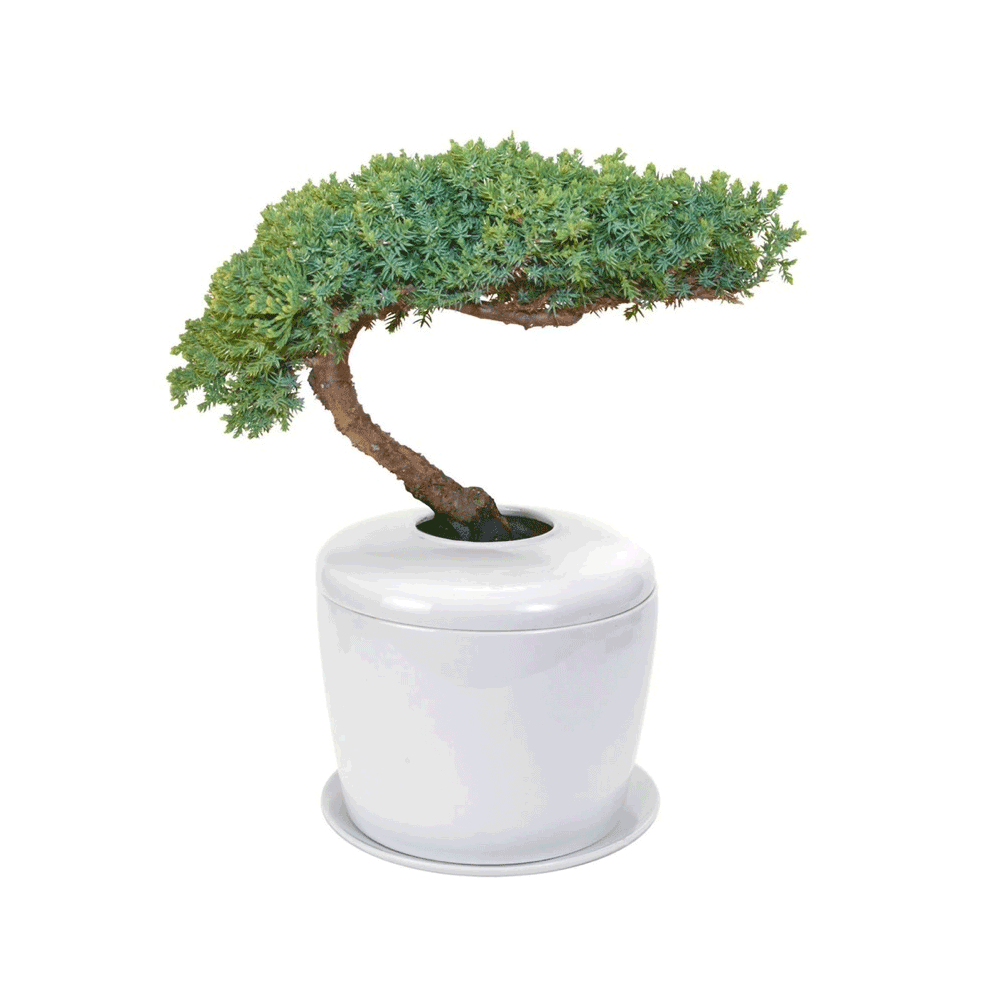As families deal with the challenging times of the COVID-19 Pandemic, we find ourselves struggling to explain to children the aspects of the Pandemic such as quarantines, lockdowns and the inability to visit grandparents and other family members.
Another subject that may be difficult to address is the passing of a loved one and you are the parent, guardian or family friend of a child who is grieving the loss of the same loved one, be it a sibling, parent, grandparent, or other person close to the child. You are faced with the daunting task of not only coming to terms with your grief but also with helping the bereaved child come to terms with such a life-changing event.
In cases where your loved one is to be cremated (which is happening more and more in today’s society), you should take steps to explain what cremation is to the child in your care. Here are some helpful steps when seeking to comfort a child and to help with the healing process:
Understand Cremation
Believe it or not, many adults have never been taught what happens during cremation. The process of Cremation includes:
- Cremation takes place at a building called a crematory or crematorium. Sometimes crematories are adjacent to funeral homes, but often they are stand-alone operations not affiliated with a specific funeral home. There are more than 1,000 crematories in the United States and Canada today
- Within the Crematorium is a special stainless-steel vault called a cremation chamber, or retort. The body is placed in a sturdy cardboard container and the container is moved into the cremation chamber. The body may also be cremated in a casket. After the container or casket is placed in the chamber, the chamber door is tightly sealed and the licensed operator turns on the heat.
- This process can take 2-4 hours, until such time as only calcium bone fragments remain
- Upon completion of the cremation, the remains are collected in a metal tray. At this point, the remains are small pieces of bone. To further reduce them, the remains are placed in a processor and refined down to the consistency of coarse sand
- The white or grayish remains (called ashes, cremated remains or cremains) are then sealed in a transparent plastic bag along with an identification tag. The bag weighs about 5 lbs. and is similar in size to a 5-lb. bag of sugar. Often the family requests that the cremated remains be placed in an urn, which can then be buried, placed in a columbarium (which is a special above-ground structure at a cemetery), taken home or transported for scattering.
Encourage Questions from the Child
Children are naturally curious about everything, including death but death is an uncomfortable subject for most adults because we all have suffered loss at some point in our lives. Such a discussion can unearth painful memories – and this is natural. However, you can be a resource for the child at a critical moment by being someone the child can turn to with death and cremation questions. Remember: Most young children assume that “grown-ups” have all of life’s answers. Encourage the child to ask you anything about the death and the funeral. Give the child honest answers – but in words and concepts that the child will understand.
Use Simple Explanations
Armed with your understanding of the cremation process, you need to plan which information to share with the child and how to share it. Take care to use words and concepts that the child can grasp and understand. This depends not only on the age of the child but on the child’s personality, developmental level and vocabulary. If your words and your tone convey command of the information and familiarity with the cremation process, the child will likely feel the same way.
Try to provide as much information as possible. Children have an amazing ability to cope with life-changing events. Don’t withhold facts in an attempt to spare a child what you consider to be disturbing details. Often, a child’s imagination can conjure up explanations much scarier than reality if the child is denied the facts. Be the compassionate adult who furthers the child’s understanding.
Her are some child-friendly answers to questions often asked about cremation:
- Cremation has been used for thousands of years. The ancient Greeks and Romans built funeral pyres – stacks of wood with the loved one place atop. The wood was set afire and the body burned, too. Funeral pyres are still used in some countries today as a tribute to the deceased
- Cremation doesn’t hurt. The person is dead, which means the body doesn’t work anymore. The body’s heart doesn’t beat, the body doesn’t breathe, the brain has stopped working and it doesn’t feel anything anymore.
- There is no smell and no smoke when a body is cremated. The process is very, very hot—many times hotter than your oven at home or a campfire. The heat burns away all the parts of the body except for some pieces of bone.
- After cremation, what’s left of the body looks like kitty litter or beach sand, although it’s white in color because it’s bone. It’s put in a clear plastic bag so you can see it if you want to.
- When a body is buried in the ground in a grave, it breaks down after months and years and just a skeleton is left. Cremation is the same process except cremation makes this happen much faster.
- The people involved in the cremation process handle the body with dignity and respect.
Some final thoughts: Where possible, include the child in the cremation and services planning. Let the child feel part of the process of honoring your loved one. Much like many of us want to feel useful and needed during times of stress, so do children. Also, simply being available to the child in the days, weeks and months after the cremation will make for a path to healing. Whether sharing funny stories or expressing how much you both miss your loved one, simply being “someone to talk to” goes a long way to providing a healthy grieving process.
Please contact CSA for more information regarding our Cremations services as well as family grieving resources. We look forward to being of service to you and your family during these unprecedented and challenging times.

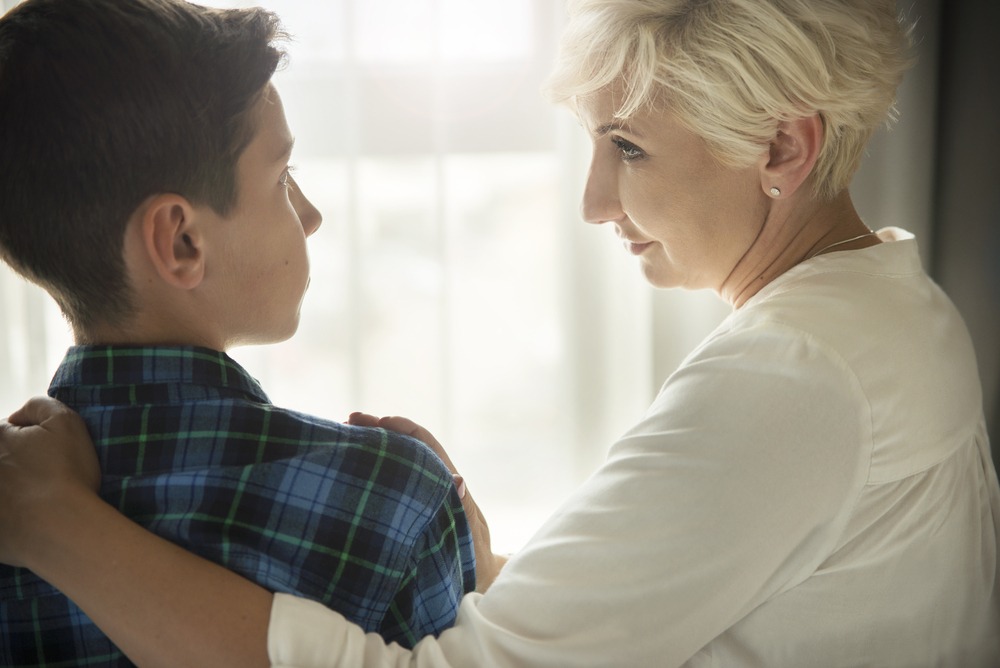




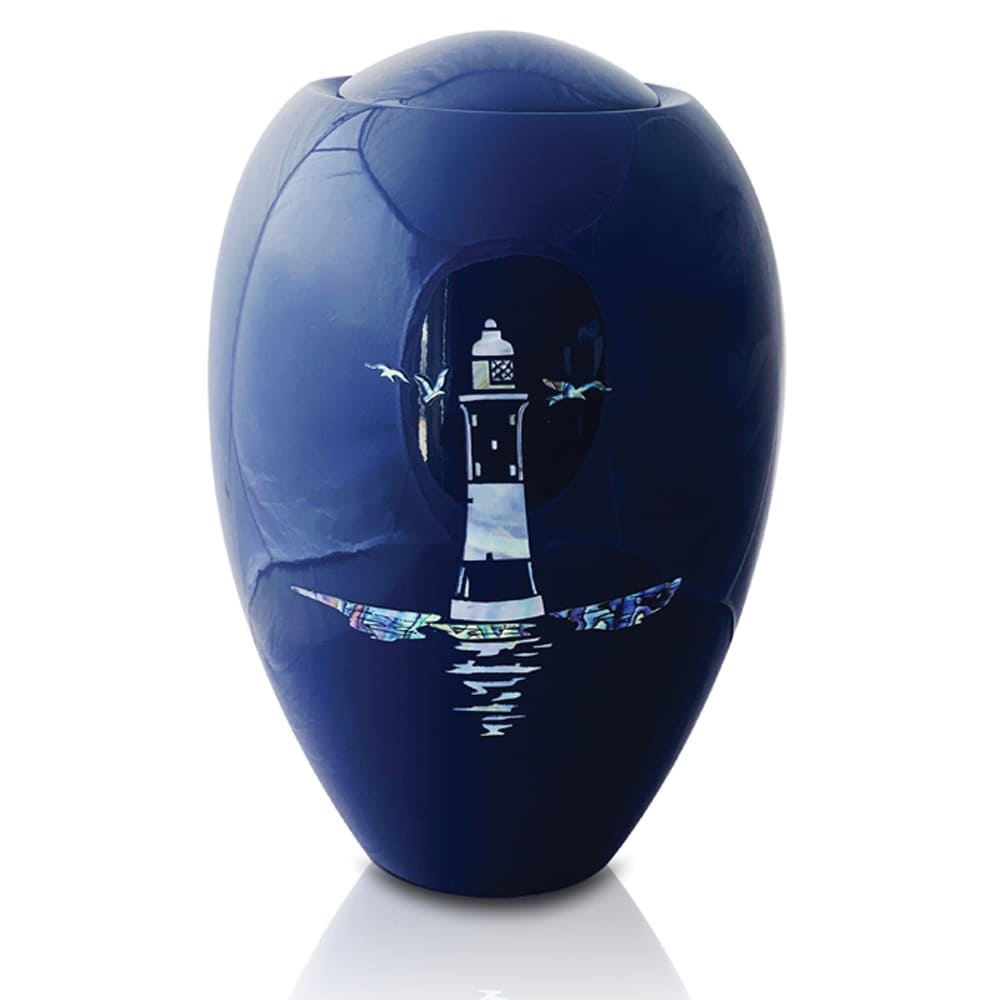
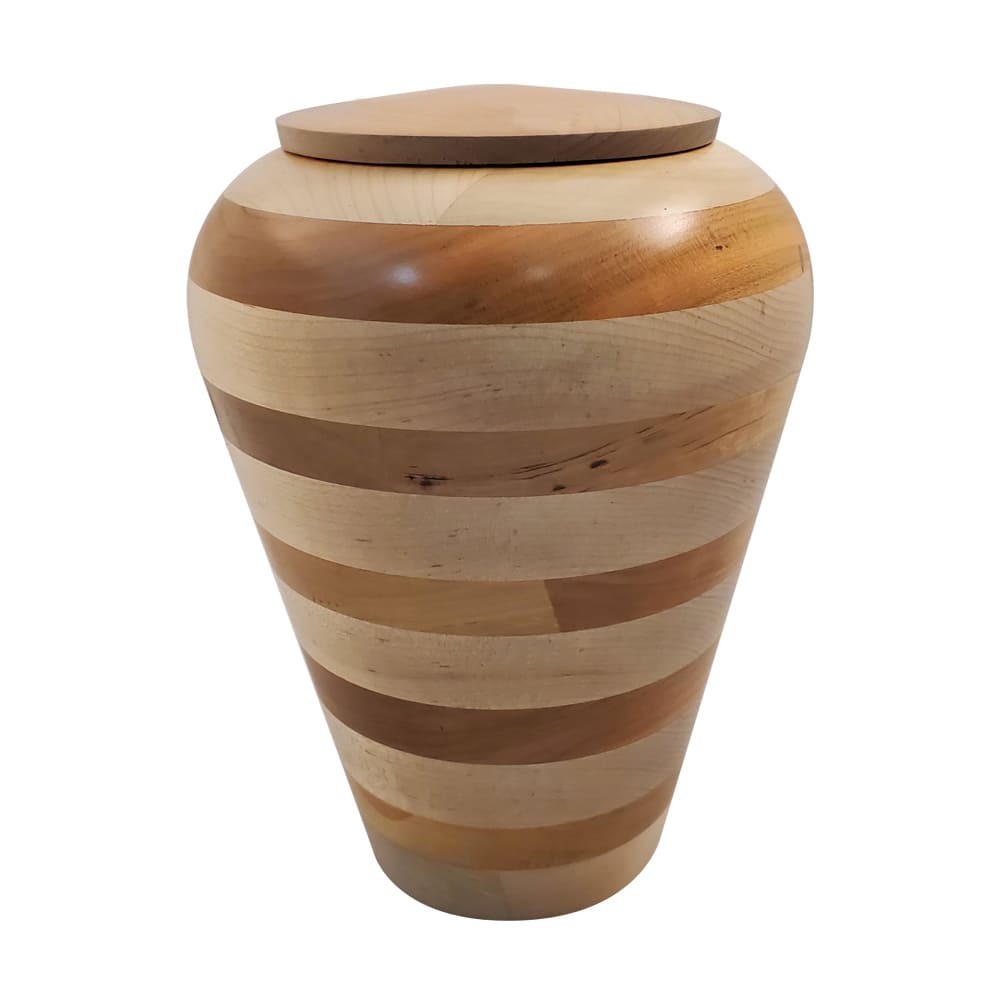


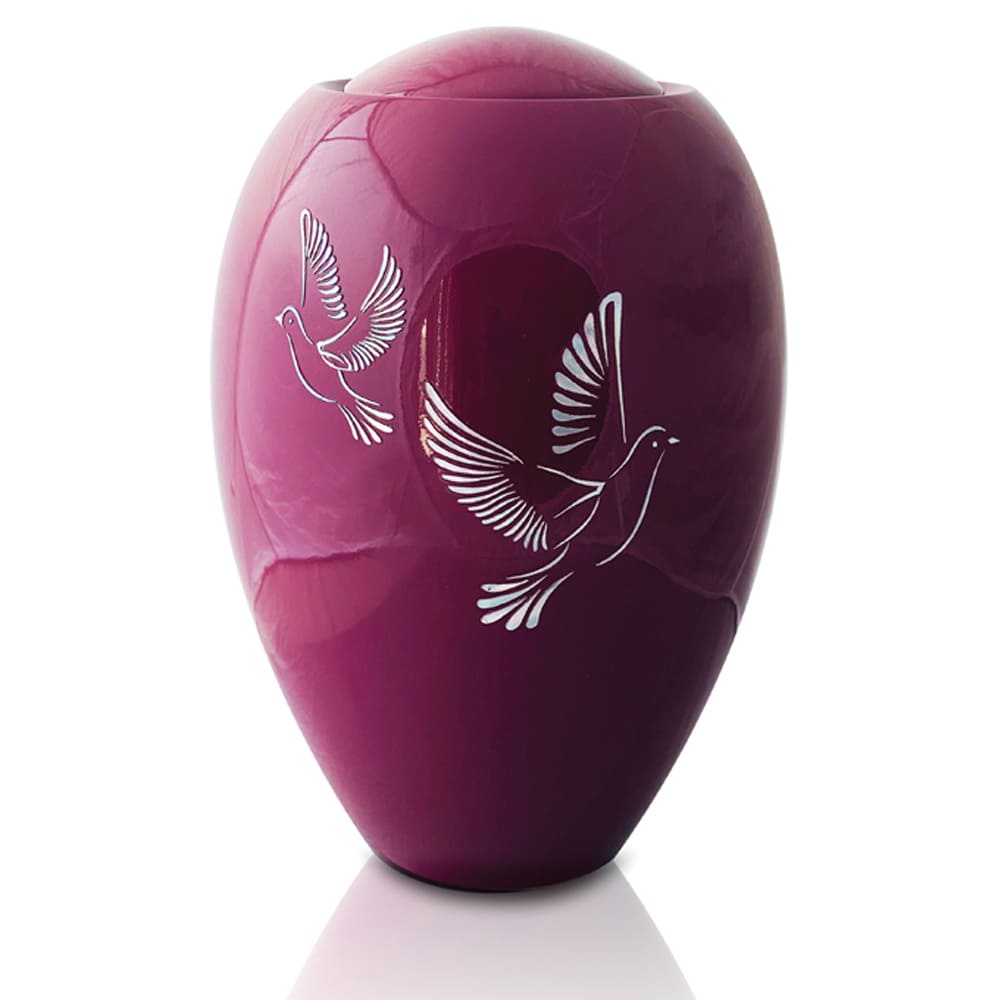

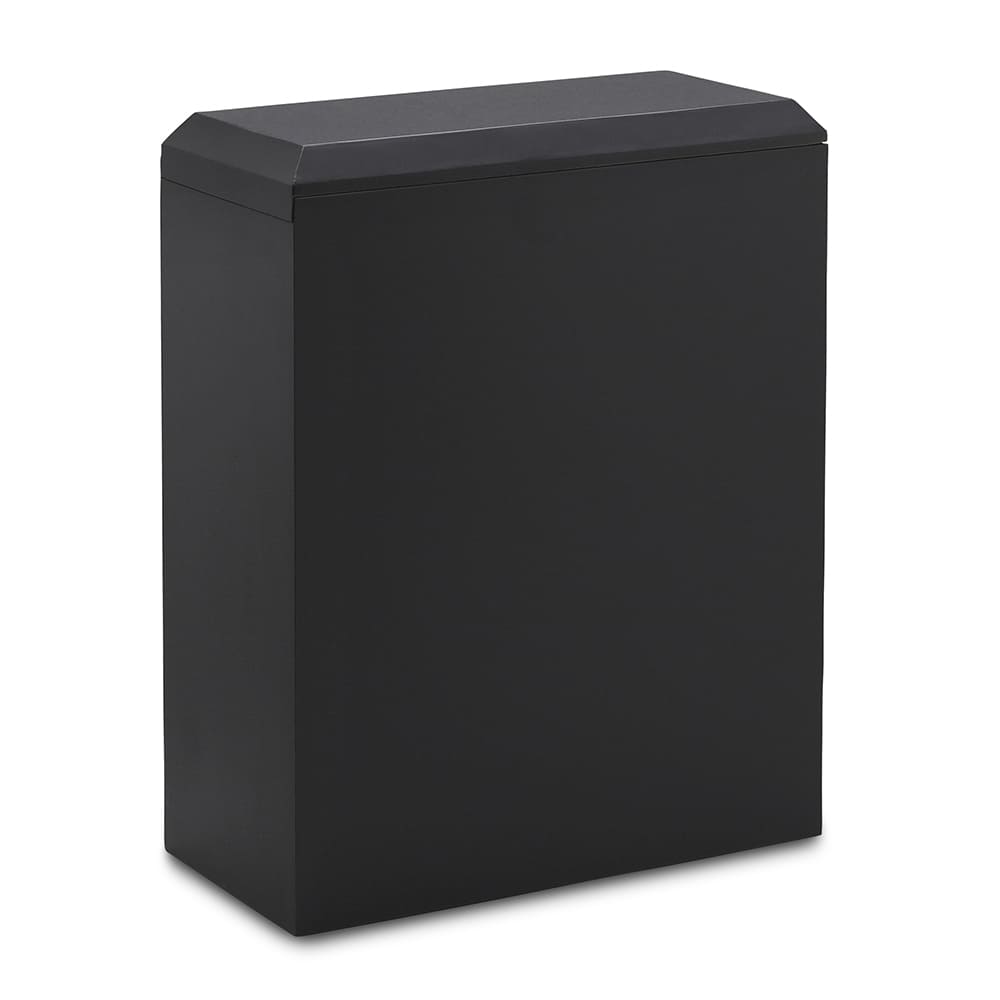

 Create a meaningful sendoff for your loved one with our Sunset Scattering Tube Urn. Simply remove the outer lid and you will see the perforated lid to be opened. This urn helps to provide a nicer presentation when ocean scattering.
Create a meaningful sendoff for your loved one with our Sunset Scattering Tube Urn. Simply remove the outer lid and you will see the perforated lid to be opened. This urn helps to provide a nicer presentation when ocean scattering.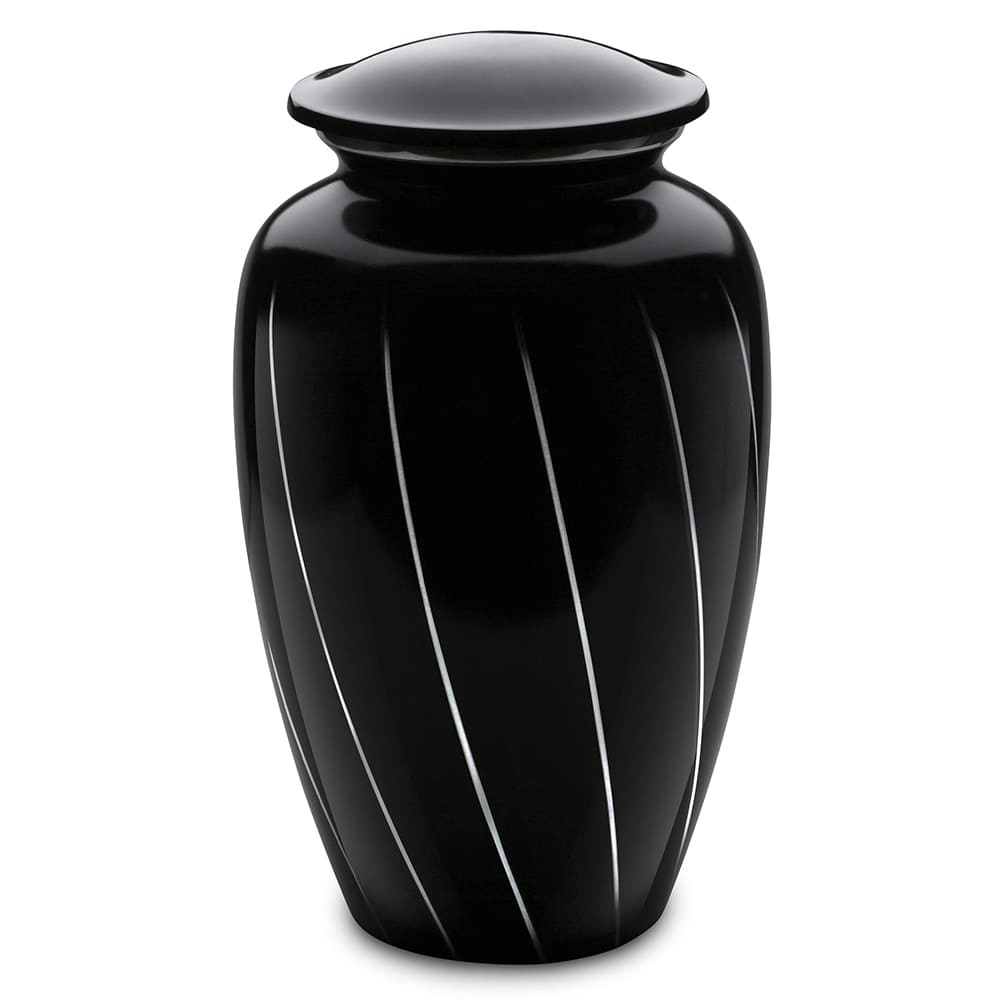 The Midnight urn is crafted of Aluminum. The urn has a beautiful hand-painted finish. This urn has a top-opening with a secure threaded lid.
The Midnight urn is crafted of Aluminum. The urn has a beautiful hand-painted finish. This urn has a top-opening with a secure threaded lid.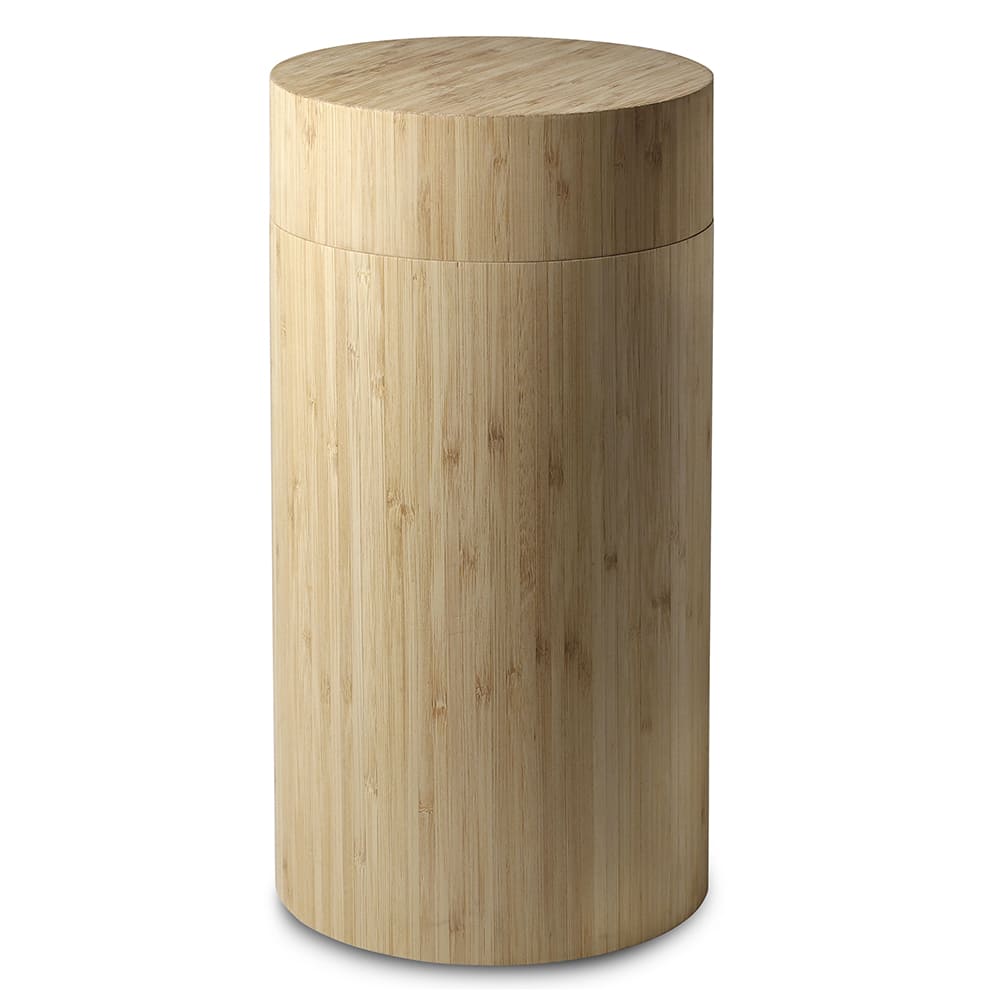 This urn was designed for families to scatter the ashes of their loved ones with ease and dignity. Simply place the urn in the water and watch as it floats away. The urn will begin dissolving and release your loved ones ashes in the gentle ocean currents. This urn is 100% biodegradable.
This urn was designed for families to scatter the ashes of their loved ones with ease and dignity. Simply place the urn in the water and watch as it floats away. The urn will begin dissolving and release your loved ones ashes in the gentle ocean currents. This urn is 100% biodegradable.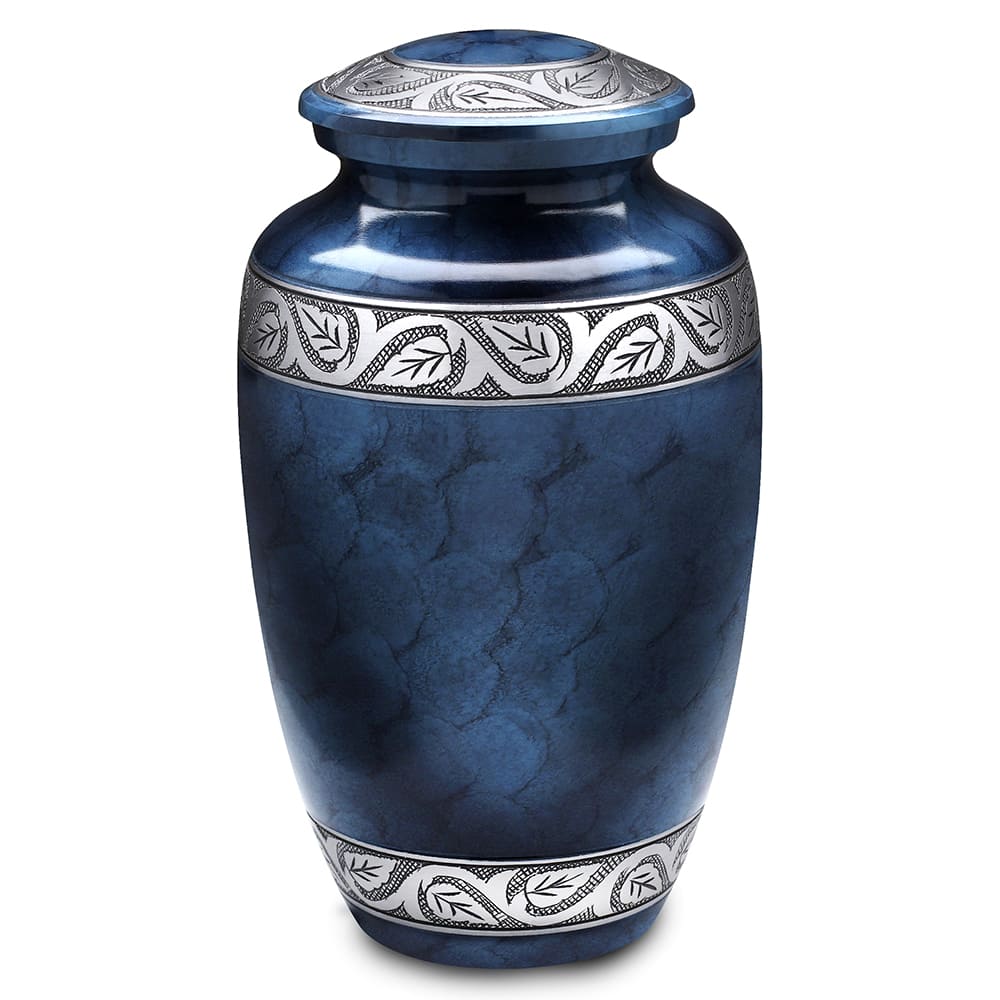 Blue Newport Urn is crafted from aluminum. The urn has a beautiful hand-painted finish. This urn has a top-opening with a secure threaded lid. Newport Urn comes in blue or red.
Blue Newport Urn is crafted from aluminum. The urn has a beautiful hand-painted finish. This urn has a top-opening with a secure threaded lid. Newport Urn comes in blue or red.